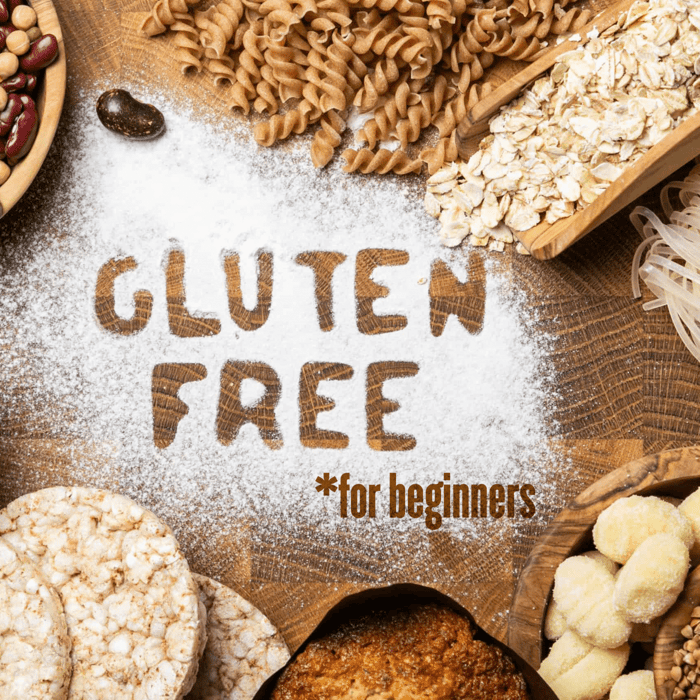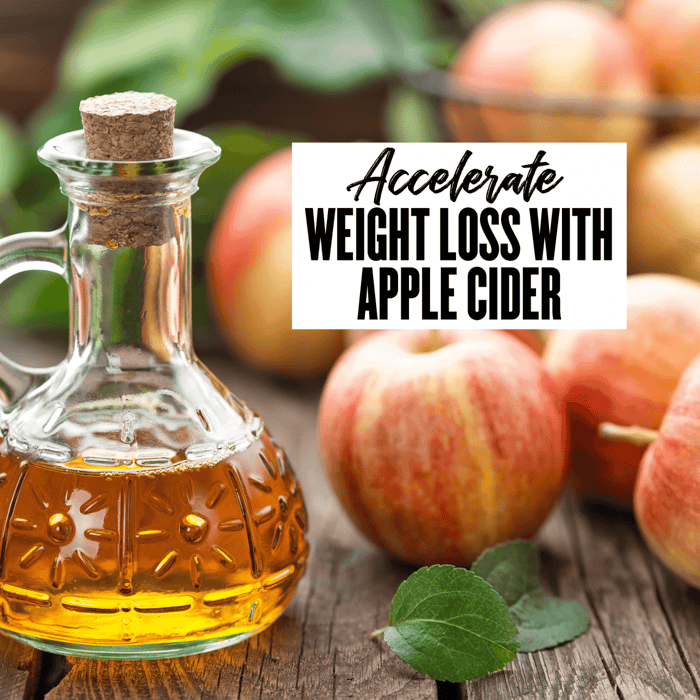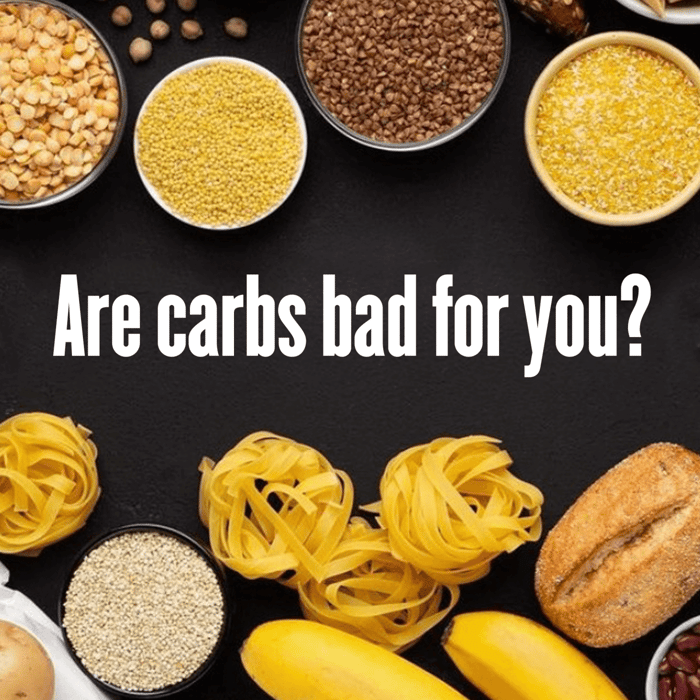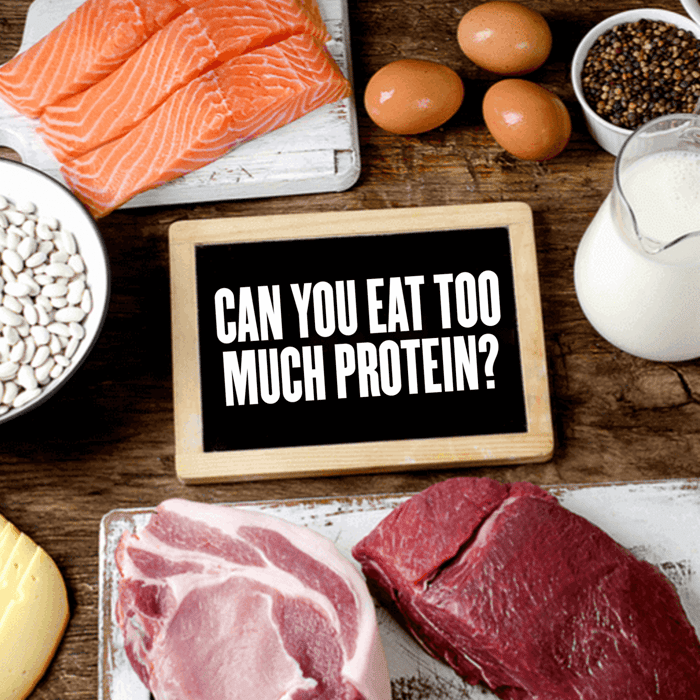Gluten-Free Diet for Beginners (What to Eat, Labels, Oats)

Ellie Lopez, LDN, MS
Nutrition
|
Healthy Lifestyle
09/26/2025 1:37pm
6 minute read
What “gluten-free” means (and who needs it)
In the U.S., a packaged food may bear a “gluten-free” claim if it contains <20 parts per million (ppm) gluten, has no ingredients from gluten-containing grains unless processed to remove gluten and the finished food remains below 20 ppm, or is inherently GF (e.g., bottled water).1, 2 GF eating is the standard treatment for celiac disease and is also used for wheat allergy (IgE-mediated) and sometimes NCGWS after other conditions are ruled out.5, 6, 7
Don’t change your diet before diagnosis
If you suspect celiac disease, do not start a GF diet before testing—it can normalize blood tests and biopsies and complicate diagnosis. Speak with a clinician about proper testing first.3, 8
What you can eat: naturally GF foods
Build meals around naturally GF staples: vegetables, fruit, beans/lentils, plain meats/poultry/fish, eggs, dairy, nuts/seeds, and grains like rice, corn, quinoa, buckwheat, and potatoes. Many packaged GF options are available—check for a “gluten-free” label (remember, “wheat-free” ≠ “gluten-free”).1, 9
Label-reading 101 (FDA rules, hidden sources)
- “Gluten-free” label: Means the product meets the <20 ppm standard. FDA also set how fermented/hydrolyzed foods (e.g., soy sauce, yogurt) can comply.1, 10
- Allergen laws: U.S. labels must declare wheat (a major allergen) in plain English—either in parentheses in the ingredient list or in a “Contains: wheat …” statement. Barley and rye are not required allergens, so watch for words like malt/malt extract/malt vinegar (barley) and brewer’s yeast.11, 12, 4
- Processed wheat starch: Allowed in foods labeled GF if the finished food still tests <20 ppm; certification is optional.13, 2, 14
- Soy sauce & “gluten-free” claims: Traditional soy sauce contains wheat; choose GF-labeled tamari or products that explicitly meet FDA GF rules.4, 15
Are oats OK on a GF diet?
Many people with celiac tolerate pure, uncontaminated GF oats (start small and monitor). Oats labeled “gluten-free” must also meet the <20 ppm rule; certification is not required. Some prefer oats from “purity protocol” suppliers to minimize cross-contact.16, 17, 18
Avoiding cross-contact at home & eating out
- At home: Use a dedicated toaster, separate condiments or squeeze bottles, separate colanders and frying oil; clean surfaces and utensils before GF prep.19, 20
- Dining out: Ask for a GF menu and separate fryer; confirm no shared pasta water or griddle space. A “GF” icon should mean procedures prevent cross-contact.5, 1
Nutrition tips on a GF diet
- Common gaps: Fiber, iron, folate, and some B vitamins can run low if you rely on refined GF products. Emphasize beans/lentils, veggies, fruit, nuts/seeds, and fortified GF grains.
- Balance: Anchor meals with protein and produce to stay full. Our calorie-controlled meal plans and protein-forward snacks make GF days simpler—see exact macros on Nutrition Info.
- Follow-up: People with celiac disease benefit from periodic medical follow-up and, ideally, a consult with a GI-experienced dietitian.8
How Clean Eatz Kitchen can help
Prefer turnkey GF meals? Browse our meal plans, check Nutrition Info and ingredient lists on each product page, and add protein-rich snacks. Look for product pages that indicate gluten-free or no wheat ingredients.
FAQs
Is a gluten-free diet healthier for everyone?
No. It’s essential for celiac disease and wheat allergy, and used in NCGWS, but there’s no broad benefit for people without these conditions.
How much gluten is allowed in “gluten-free” foods?
In the U.S., the finished food must contain <20 ppm gluten; this includes managing any cross-contact and special cases like fermented/hydrolyzed foods.1, 10
Is “wheat-free” the same as “gluten-free”?
No. “Wheat-free” can still include barley/rye (e.g., malt); only “gluten-free” is regulated for gluten content.9
Are oats safe?
Often yes, if GF-labeled, but introduce gradually and stop if symptoms occur. A minority react to oat protein (avenin); discuss with your clinician.16
How do I avoid cross-contact when ordering fries?
Ask if a dedicated fryer is used; shared oil with breaded foods is not GF-safe.19
References
- FDA — Gluten-Free Labeling of Foods (overview of the <20 ppm standard and labeling basics). Page.
- 21 CFR 101.91 — Legal definition of “gluten-free” (<20 ppm; ingredient rules, including processed wheat starch). Regulation.
- NIDDK — Do not start a gluten-free diet before celiac testing. Page.
- Celiac Disease Foundation — Sources of gluten (malt, brewer’s yeast, soy sauce, etc.). Guide.
- NIDDK — Treatment for celiac disease is a strict gluten-free diet; cross-contact basics. Treatment · Diet/Nutrition.
- ACAAI/AAAAI — Wheat allergy (IgE-mediated) overview and diagnosis. ACAAI | AAAAI.
- Non-celiac gluten/wheat sensitivity — state-of-the-art review (diagnosis of exclusion; no biomarkers). Nutrients, 2025.
- American College of Gastroenterology (2023) — Celiac disease guideline & lifelong follow-up. AJG.
- Celiac Disease Foundation — Label reading & “wheat-free” vs “gluten-free.” Guide.
- FDA — Final rule: Gluten-free labeling of fermented & hydrolyzed foods (e.g., soy sauce). Rule.
- FALCPA — Food Allergen Labeling law (declaring wheat). FDA · Overview.
- FDA (2025) — Q&A on food allergens; “Contains” statement; labeling basics. Page.
- FDA Guidance — Gluten-free labeling of foods; use of processed wheat starch if finished food <20 ppm. PDF.
- GFCO/CeliacNow — Wheat starch on a GF diet (testing nuances; <20 ppm requirement). Overview.
- Gluten Free Watchdog — FDA statements & recalls re: wheat-based soy sauces with GF claims. Post.
- Celiac Disease Foundation — Oats on a GF diet (tolerance, amounts, avenin sensitivity). Guide.
- FDA Q&A — Oats may be labeled GF if <20 ppm; certification not required. Q&A.
- Gluten Free Watchdog — “Purity protocol” oats and suppliers (context). Post.
- Beyond Celiac — Practical cross-contact tips (dedicated toaster, fryer, avoiding shared water/oil). Guide.
- Gluten Intolerance Group — 7 tips to avoid cross-contact at home (condiments, utensils). PDF.
Educational content only; not medical advice.
Related Articles
Accelerate Weight Loss with Apple Cider Vinegar
7 minute read
Are Carbs Bad For Me? Navigating the Good vs Bad
14 minute read



